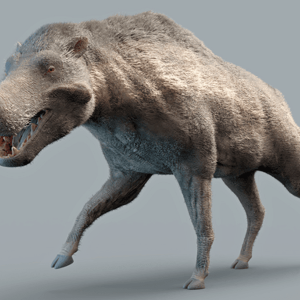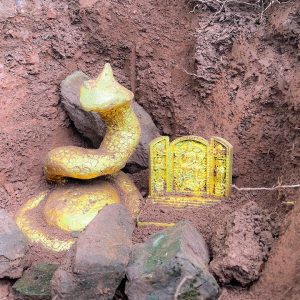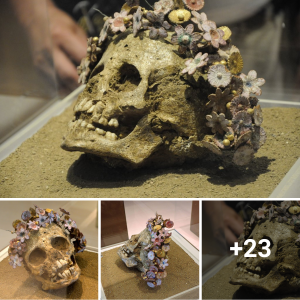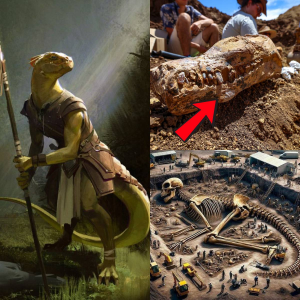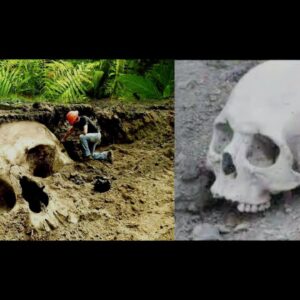The accurate agricultural calendar allowed the ancient inhabitants of the Basin of Mexico to plan their agricultural cycle to feed one of the largest population densities on Earth, as well as maintaining rituals associated to the solar seasons; to achieve this, they used the rugged topography of the Basin of Mexico as a precise solar observatory and also built a high-altitude stone causeway for accurate adjustments of their calendar to the solar year.

The Monolith of the Stone of the Sun, also known as the Aztec calendar stone, in the National Museum of Anthropology and History, Mexico City, Mexico. Image credit: El Comandante / CC BY-SA 3.0.
In 1519, at the time of the arrival of the Spanish invaders to the Basin of Mexico, the people in the region ran a sophisticated system of agriculture that was able to feed its large human population.
Whereas Seville, the largest urban center in Spain, had a population of fewer than 50,000, the Basin — now known as Mexico City — was home to as many as 3 million people.
To feed so many people in a region with a dry spring and summer monsoons required advanced understanding of when seasonal variations in weather would arrive.
Planting too early, or too late, could have proved disastrous. The failure of any calendar to adjust for leap-year fluctuations could also have led to crop failure.
Though colonial chroniclers documented the use of a calendar, it was not previously understood how the Mexica, or Aztecs, were able to achieve such accuracy.
According to the new research, led by University of California Riverside’s Professor, the inhabitants of the Basin of Mexico used its mountains as a solar observatory, keeping track of the sunrise against the peaks of the Sierra Nevada mountains.
“We concluded they must have stood at a single spot, looking eastwards from one day to another, to tell the time of year by watching the rising Sun,” Professor Ezcurra said.
To find that spot, the researchers studied Mexica manuscripts. These ancient texts referred to Mount Tlaloc, which lies east of the Basin.
They explored the high mountains around the Basin and a temple at the mountain’s summit.
Using astronomical computer models, they confirmed that a long causeway structure at the temple aligns with the rising Sun on February 24, the first day of the Aztec new year.
“Our hypothesis is that they used the whole Valley of Mexico. Their working instrument was the Basin itself. When the Sun rose at a landmark point behind the Sierras, they knew it was time to start planting,” Professor Ezcurra said.
“The Sun, as viewed from a fixed point on Earth, does not follow the same trajectory every day. In winter, it runs south of the celestial equator and rises toward the southeast. As summer approaches, because of the Earth’s tilt, sunrise moves northeast, a phenomenon called solar declination.”

The mountainous landscape east of the Basin of Mexico offers some important topographic markers that could have been used by Mexica astronomers for calendrical purposes: (A) the Mount Tlaloc square courtyard (tetzacualo) and stone causeway, photographed using a drone on February 24, 2022; (B) downslope view of the causeway from the tetzacualo toward the Basin of Mexico, with Mount Tepeyac indicated (not clearly visible otherwise in the smog of Mexico City); (C) upslope view of sunrise from the base of the causeway toward the tetzacualo on February 25, 2022, at 7:20 h Mexico City time (GMT-6); (D) sunrise viewed from Mount Tepeyac on February 26, 2022, at 7:10 h; note that, because the alignment date was 2 d earlier, the rising Sun is displaced ca. 1 degree north of the peak of Mount Tlaloc, visible in the distance. Image credit: Ben Fiscella Meissner.
The current study may be the first to demonstrate how the Mexica were able to keep time using this principle, the Sun, and the mountains as guiding landmarks.
Though some may be familiar with the Aztec calendar, that is an incorrect name given to the Sun Stone, arguably the most famous work of Aztec sculpture used solely for ritual and ceremonial purposes.
“It did not have any practical use as a celestial observatory. Think of it as a monument, like Nelson’s Column in Trafalgar Square or Lincoln’s Memorial in Washington, D.C.,” Professor Ezcurra said.
The Aztec observatory could also have a more modern function, according to the team.
Comparing old images of the Basin of Mexico to current ones shows how the forest is slowly climbing up Mount Tlaloc, likely as a result of an increase in average temperatures at lower elevation.
“In the 1940s, the tree line was way below the summit. Now there are trees growing in the summit itself,” Professor Ezcurra said.
“What was an observatory for the ancients could also be an observatory for the 21st century, to understand global climate changes.”
The research is described in a paper in the Proceedings of the National Academy of Sciences.
